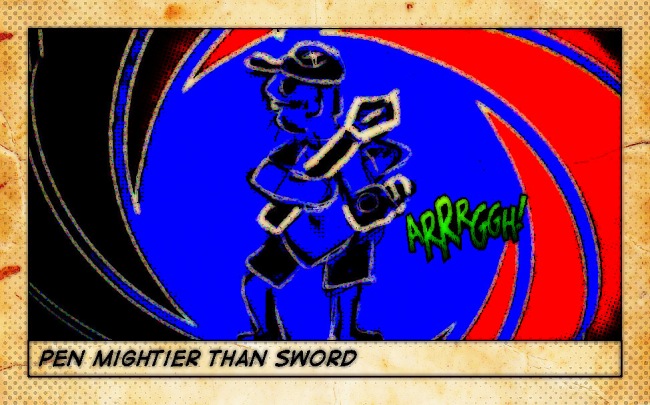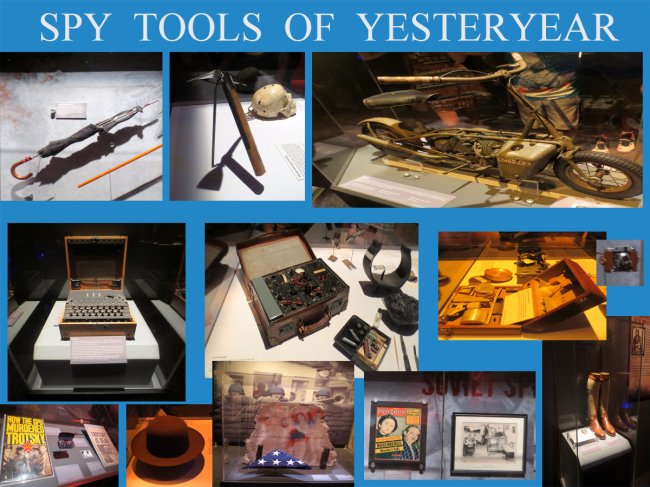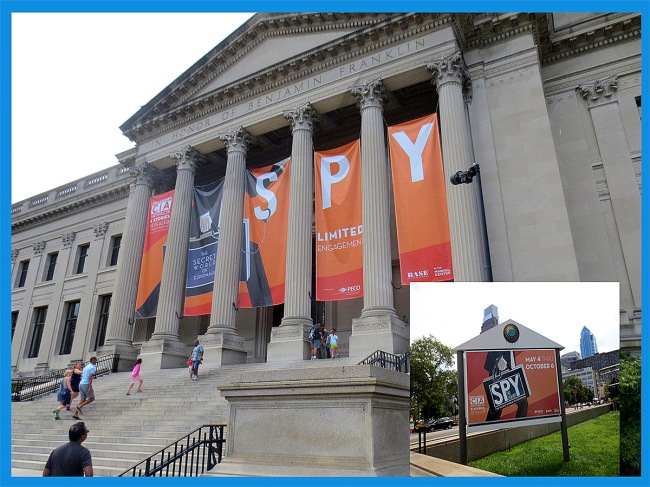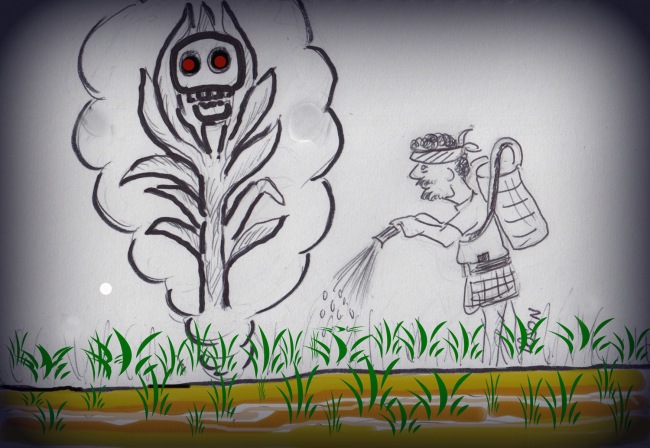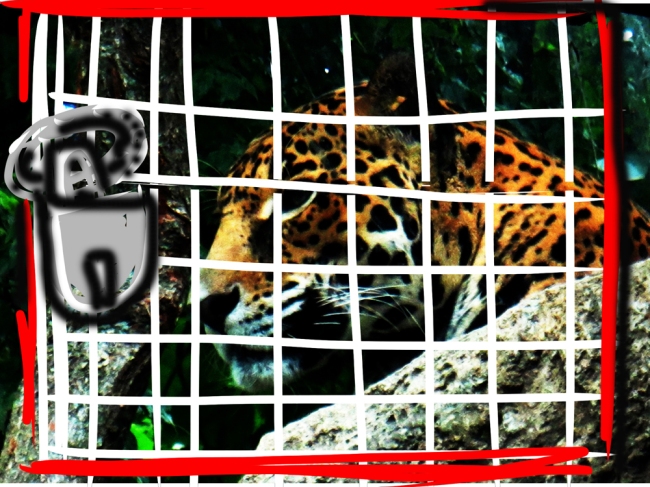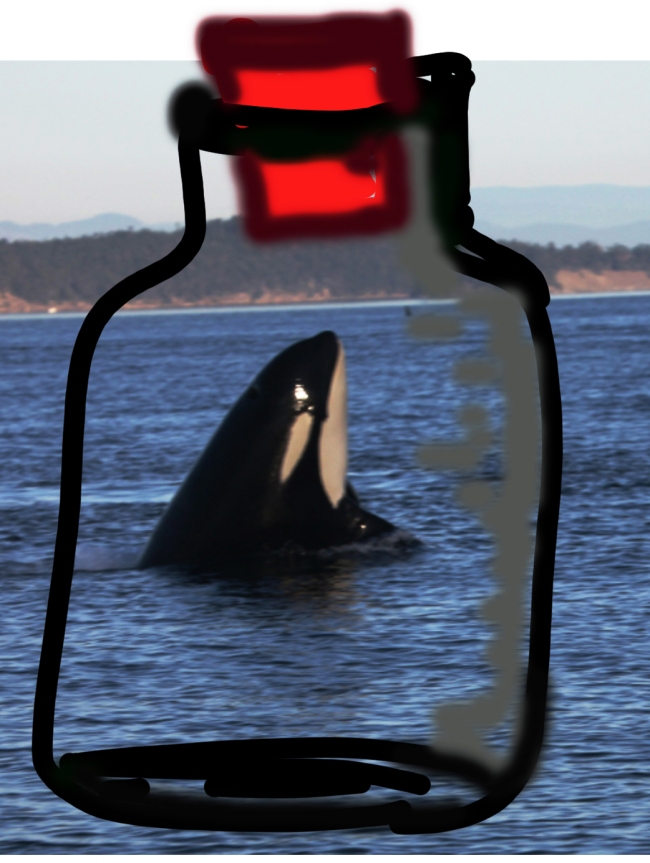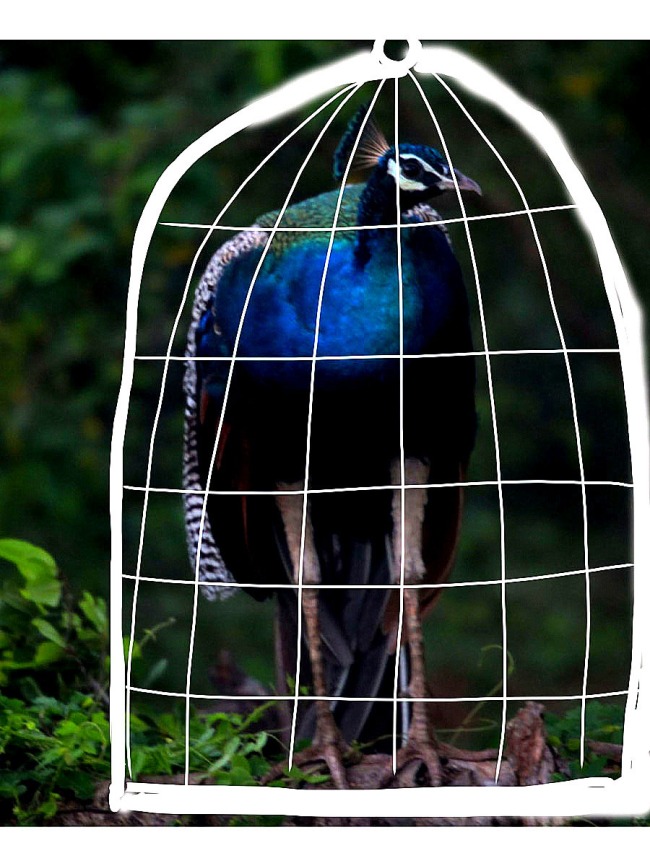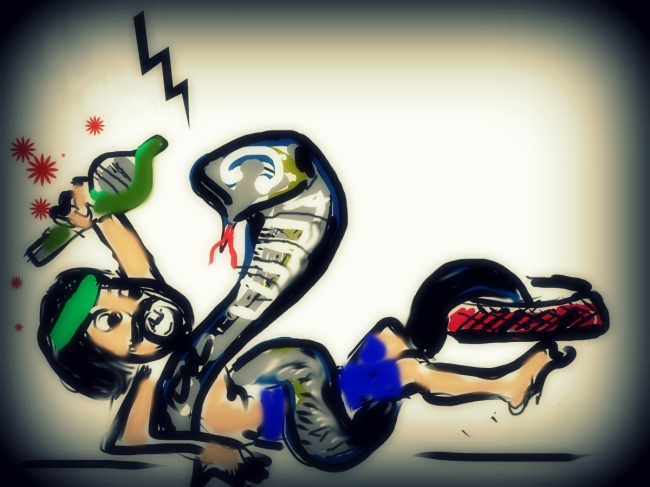A few days ago the ubiquitous CIA, keeper of global secrets spilled the beans about that highly classified Area 51.
It was no big deal that sounded more like a damp squib.
Conspiracy theorists down the years may feel truly disappointed.
For, Area 51 was nothing more than a testing ground for Cold War surveillance systems like the U2 Spy program.
No hidden green aliens from Mars in the guarded terrain located in the proximity of the casino wonderland of Las Vegas.
The declassification of Area 51 came at a time when spies and whistleblowers, not to mention snooping scribes were on network headlines. But, for various other contentious reasons.
Wiki-leaks whistleblower Private Bradley (turned Chelsea the other day) Manning was sent to 35 years in jail convicted under the provisions of the Espionage Act circa 1917.
Another American super-leaker of National Security Agency secrets, Edward Snowden continues to play a sort of bizarre Russian roulette in Moscow making various threats of disclosure despite dire consequences that may follow under the very same law.
Caught in the same cauldron of cloak and dagger are journalists who dared using their constitutional right to publish secret information leaked by these whistleblowers thus igniting a multitude of controversy over who is right and what is wrong.
Only history will have the answers.
Daniel Ellsberg’s Pentagon Papers that helped end the Vietnam War and Deep Throat a.k.a Mark Felt an ex-FBI agent who was instrumental in exposing the Watergate scandal are still fresh in our memory.
Espionage is nothing new to humankind. It is regarded as the second oldest profession in the world. It was a priceless weapon of choice during the cold war.
Sun Tzu, the ancient Chinese philosopher and a great military strategist in his epic Art of War has said that all warfare is based on deception.
Its relevancy has hardly vanished. Today cyber-hackers and other digital denizens have replaced cipher coders of a bygone era.
Moles and snitchers of today are unlike dapper 007 with a license to kill. They are geeks in Tees with pen-drives with self-imposed license to squeal.
Tools of cold-war spy craft are currently on show till October 4, at the prestigious Franklin Institute in Philadelphia.
Titled ‘ SPY – The Secret World of Espionage” provides a vivid cameo of the chilling deception and intrigue linked to the double lives of spies in the recent past.
The exhibits include the ice axe that was used to assassinate Leon Trotsky, Enigma the secret code machine disguised as a typewriter by the communists and the replica of the umbrella used as a ricin gun by a Soviet agent to kill BBC journalist George Markov. (See montage below)
The KGB and its rivals used deceptive weapons and secret eavesdropping devices extensively during the cold war that ended two decades ago supposedly with the fall of the Berlin Wall. Interestingly one can see a piece of that infamous wall at the Spy exhibition.
Spies have often posed off as journalists, though some scribes have by their own volition worked as spies or double agents.
A classic example is Kim Philby , a highly placed British Intelligence officer who worked as a reporter but was found to be a double agent. He defected to Moscow when things got too hot for him after he was exposed.
Historical claims also point to Ernest Hemingway as a failed Soviet spy when he worked as a foreign correspondent.
Master spy story-teller John Le Carr whose latest thriller ‘A Delicate Truth”. that also deals with deception and whistle-blowing once reputedly said; “ It is easy to forget what intelligence consists of: luck and speculation. Here and there a windfall. Here and there a scoop.”
Journalists sometimes get trapped in the web of deception, where the line between espionage and truth is rather blurred.
The people’s rights to know against authority’s right to conceal, tend to confound them in making editorial decisions.
Ironically the world of secret agents have proliferated a coterie of celluloid heroes in the ilk of James Bond. There seems to be kind of love hate relationship with spies, especially in the field of entertainment, death and destruction at the hands of real life spies notwithstanding.
The current outcry in India among certain sections of the community over the Bollywood movie “Madras Café” brings into the forefront inherent political intrigue and deceptions that existed in Sri Lanka when Tamil Tiger rebels waged war for a separate state.
Though the filmmakers have denied any close resemblance to events depicted in this political spy thriller, the sequences are said to be too close for comfort.
Bond style spy Vikram Singh played by the producer actor John Abraham is a secret agent from Research and Analysis Wing (RAW), India’s equivalent to CIA.
During the height of ethnic battles in Sri Lanka, the media reported extensively on the involvement of RAW in covert operations.
Reports suggestive of RAW assisting Tigers in guerrilla training have appeared in the local and foreign media.
Just as much as the denials were made about such reports, there were whistle blowers who made credible assertions to journalists.
The RAW connections in Sri Lanka are well documented in international terrorism expert Professor Rohan Gunaratna’s book “Indian Intervention in Sri Lanka”.
.
